
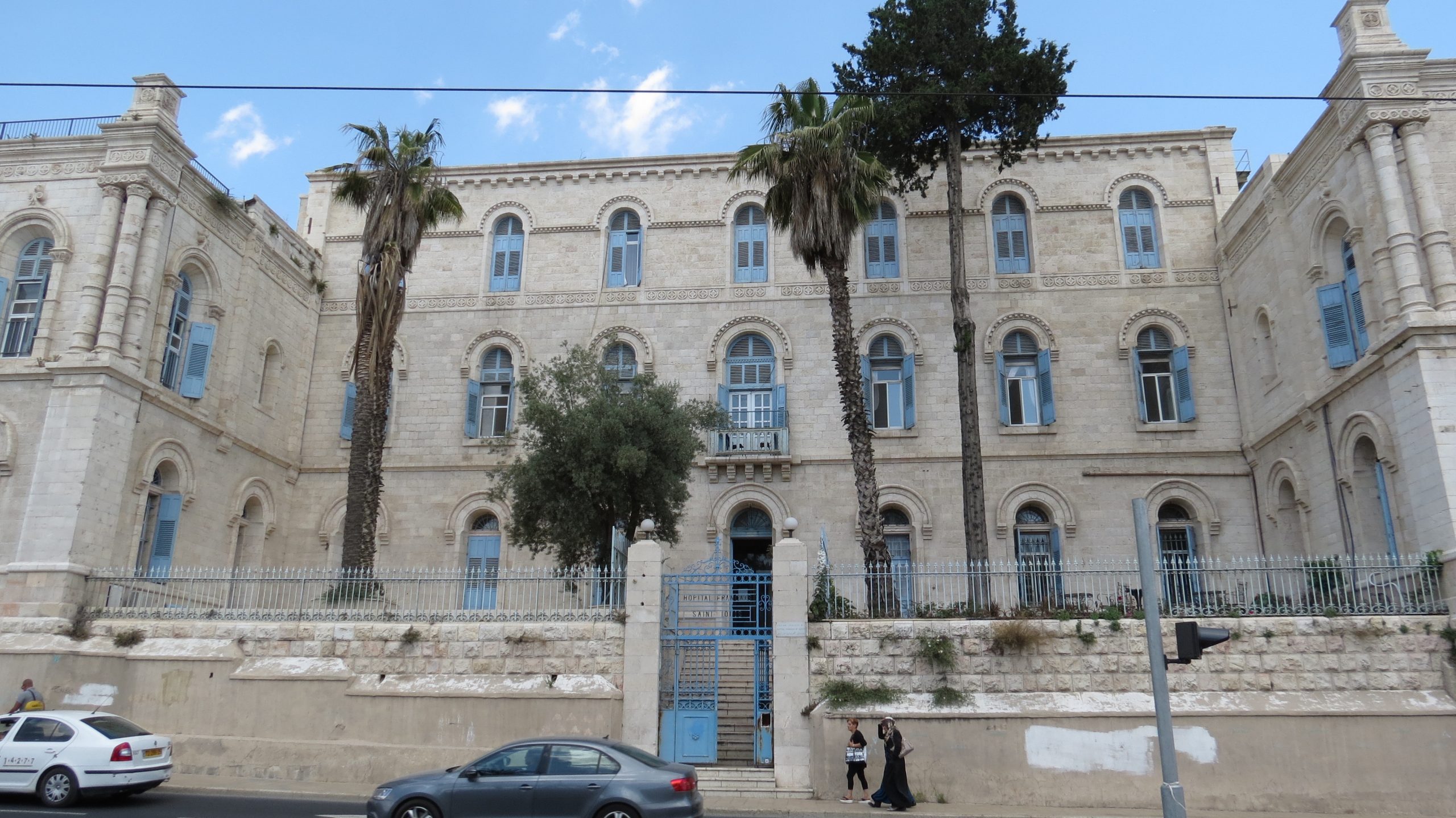
Wall paintings recounting the Crusader history of Jerusalem were recently exposed when the sisters of Saint-Louis Hospital, near the Old City of Jerusalem, were organizing the storerooms. In addition, a burst water pipe in the building revealed drawings that were concealed beneath modern plaster and paint. In the wake of the discovery, Israel Antiquities Authority
Continue Reading »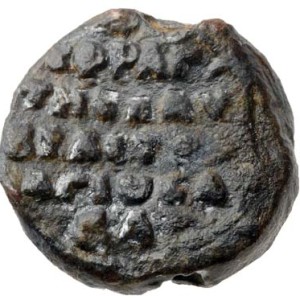
An 800-year-old lead seal stamped by the monastery of St. Sabas was found in archaeological excavations carried out by the Israel Antiquities Authority (IAA) in Jerusalem. The artifacts discovered during the excavations reflected daily life in the farmstead. Surprisingly, while processing the excavation finds, a rare lead seal dating to the Crusader period came to
Continue Reading »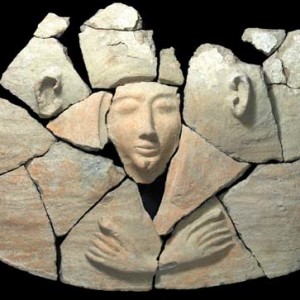
An ancient coffin containing a skeleton was revealed in the Jezreel Valley near Tel Shadud. Following the discovery, the Israel Antiquities Authority (IAA) conducted a salvage excavation. It was determined by archaeologists from the IAA that the coffin, which contained personal belongings of an obviously wealthy Canaanite who was possibly an official of the Egyptian
Continue Reading »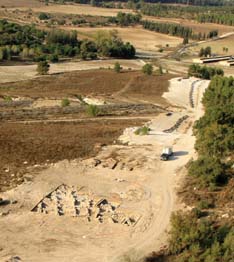
Photo credit: Ashernet and Israel Antiquities Authority The remnants of a rural settlement that was occupied for approximately two centuries during the Second Temple Period were uncovered near the “Burma Road” [by-pass road to Jerusalem in 1948]. The excavations, which covered about 750 square meters [8,073 sq ft], revealed a small settlement with a few
Continue Reading »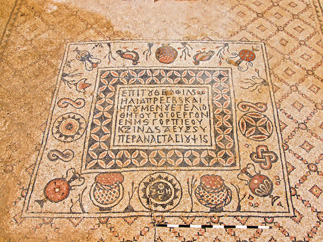
An impressive monastery dating to the Byzantine Period was discovered at Hura, in the northern Negev during a salvage excavation by the Israel Antiquities Authority (IAA). Archaeologists revealed a structure [with] “breathtaking mosaic carpets.” The prayer hall is paved with a mosaic on which a pattern of leaves is vibrantly portrayed in blue, red, yellow
Continue Reading »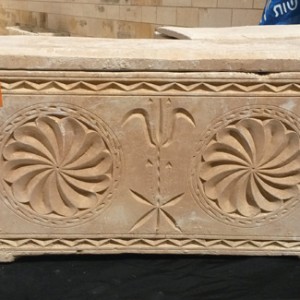
A number of suspects were caught while in possession of eleven decorated stone ossuaries—ancient coffins—that the Jewish population used for burial in the Second Temple Period, two thousand years ago. Some of the ossuaries still contained the skeletal remains of the deceased. Stone ossuaries were used for secondary burial during this period. The ossuaries are
Continue Reading »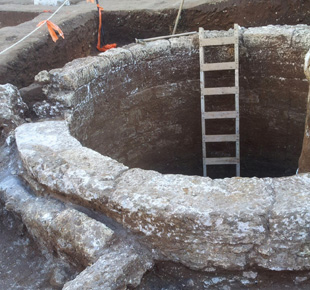
It is unusual to find important archaeological remains today in Tel Aviv. However a Byzantine Period well, some 1,500 years old, was discovered when preparatory building work was started at a site in the Ramat Ha'Hayal neighborhood of the city last month. The well is a rare example of the “antilla” type of well. An
Continue Reading »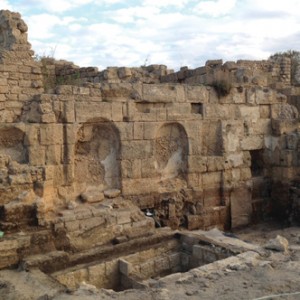
As each year passes, archaeological activity in and around the historical Roman city of Caesarea brings to life one of the great maritime cities of the ancient world. One such historical relic is the 2,000 year-old public fountain—the nymphaeum. This has been partially covered until now, but the Caesarea Development Corporation in cooperation with the
Continue Reading »
Impressive archaeological finds, including a major church some 1,500 years old with a magnificent mosaic and five inscriptions, were uncovered during Israel Antiquities Authority (IAA) excavations, prior to the construction of a new neighborhood at Moshav Aluma (Israel’s southern coastal plain). The excavations were directed by Dr. Daniel Varga and Dr. Davida Dagan. According to
Continue Reading »
Josephus wrote about Hasmonean Jerusalem but it is only now that remains of a building from the period are being unearthed by the Israel Antiquities Authority (IAA). The building stands about 4 meters (13 ft) high and covers an area of some 64 square meters (690 sq ft). The broad walls, more than one meter
Continue Reading »All logos and trademarks in this site are property of their respective owner. All other materials are property of Bridges for Peace. Copyright © 2025.
Website Site Design by J-Town Internet Services Ltd. - Based in Jerusalem and Serving the World.